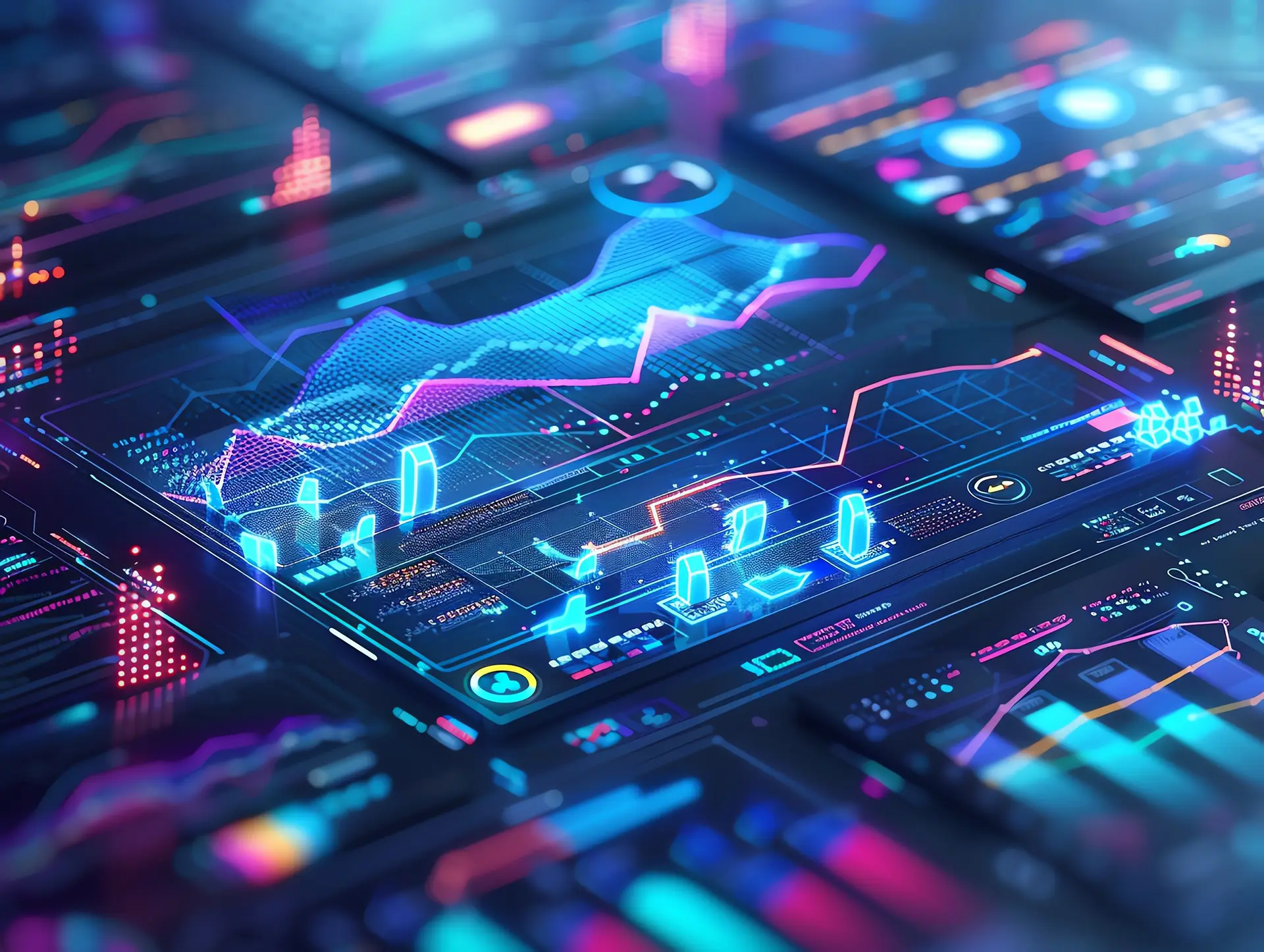Table of contents
- Tokenization: an essential aspect
- What is tokenization?
- How it works
- Key components
- Use of smart contracts
- Distribution and exchange of tokens
- Token custody
- Examples
- Main advantages
- Applications of tokenization
- Challenges and considerations
- Bridging real and digital worlds for a transformative future
Tokenization: an essential aspect
Tokenization is a process that is revolutionizing the world of finance and investment, allowing the representation of physical and digital assets in the form of digital tokens. But what is tokenization, and how can it be used to improve efficiency and create new investment opportunities?
What is tokenization?
Tokenization is the process of transforming a real or digital asset into a digital token on the blockchain. This token represents a right or ownership of the tokenized asset, which can be a financial instrument, a work of art, real estate, or even commodities like gold and oil. The process of tokenization involves creating a unique token that can be traded or held like any other digital asset.
How it works
Tokenization is a process that involves several stages and technologies, primarily based on blockchain and smart contracts. Let’s delve into how this process works and what its main components are.
Key components
- Identification and valuation of the asset
The first step in the tokenization process is identifying the asset to be tokenized. This asset can be physical, like real estate or artwork, or digital, like software or a patent. Once the asset is identified, it needs to be valued to determine its market value. This valuation is crucial as it directly influences the value of the issued tokens.
- Creation of the token
After the asset is valued, the token creation process begins. A token is a digital representation of the asset on the blockchain. To create a token, a specific standard, such as ERC-20 for the Ethereum blockchain, is used. This standard defines the rules and functionalities of the token, ensuring compatibility with various wallets and exchange platforms.
- Issuance of the token
Once the token is created, it is issued through a tokenization platform. This platform manages the issuance process, recording the token details on the blockchain and ensuring each token is unique and verifiable. During issuance, the asset is “split” into a series of tokens, each representing a fraction of the total asset value.
Use of smart contracts
Smart contracts are fundamental in the tokenization process. These are self-executing contracts with the terms of the agreement directly written into the code. Smart contracts regulate the creation, issuance, and transfer of tokens.
Example:
Smart contract can automate the distribution of profits generated by a tokenized asset to investors based on the number of tokens held.
Distribution and exchange of tokens
Once issued, tokens can be distributed to investors. This can occur through an initial token offering (ITO) or a private distribution. During the ITO, tokens are offered to investors in exchange for cryptocurrencies or fiat currencies. Distribution can be carried out on cryptocurrency exchange platforms, allowing investors to buy, sell, and trade tokens easily.
Token custody
Token custody is a crucial aspect for investor security. Tokens are stored in digital wallets, which can be hot (connected to the internet) or cold (offline). Hot wallets offer greater ease of use and accessibility, while cold wallets provide a higher level of security as they are less vulnerable to cyber-attacks.
Examples
Example 1: Real estate
Imagine tokenizing a property worth one million euros. After evaluating the property, 1,000 tokens are created, each representing a fraction of the property’s total value (1,000 euros per token). Using a tokenization platform and smart contracts, the tokens are created and issued. Investors can buy these tokens, becoming owners of part of the property and benefiting from the returns generated, such as rents or value increases, proportional to the tokens held.
Example 2: Artwork
Consider tokenizing a piece of art valued at 500,000 euros. After creating 500 tokens, each worth 1,000 euros, investors can buy these tokens and hold a share of the artwork. Profits from exhibitions or future sales of the artwork will be distributed proportionally among token holders through smart contracts, ensuring transparency and process automation.
Main advantages
Tokenization offers numerous advantages for both investors and asset owners. One of the main advantages is the reduction of transaction costs. Thanks to blockchain, intermediaries like banks and brokers can be eliminated, reducing fees and accelerating transaction times.
Another significant advantage is accessibility. Tokenization allows high-value assets to be divided into smaller units, making it easier for small investors to access investment opportunities. For example, a luxury property can be divided into tokens, each representing a fraction of the property’s total value.

Applications of tokenization
Tokenization can be applied to a wide range of assets. Among the most commonly tokenized financial instruments are stocks, bonds, and other securities. These tokens can be traded on digital trading platforms, offering greater liquidity and access to global markets.
Artworks and collectibles are other examples of assets that can benefit from tokenization. Investors can buy and sell fractions of these works, obtaining a share of ownership and potential future returns.
In the real estate sector, tokenization allows properties to be represented as digital tokens. This approach simplifies the investment process and facilitates property management, offering unprecedented transparency and reducing administrative costs.
Commodities like gold and oil can also be tokenized. This makes trading these resources easier and safer, allowing investors to own and trade tokens representing a specific amount of the commodity.
Challenges and considerations
Despite the numerous advantages, tokenization also presents some challenges. Regulation is one of the main obstacles, as laws vary from country to country and can affect the spread of tokenization. Additionally, cyber security is a constant concern, as protecting tokens and digital trading platforms is crucial to preventing fraud and hacking.
However, with technological evolution and increasing investor interest, tokenization is gaining ground as an innovative method for representing and trading assets.
Bridging real and digital worlds for a transformative future
In conclusion, tokenization represents a bridge between the real and digital worlds, offering numerous advantages in terms of efficiency, accessibility, and investment opportunities. Although there are still challenges to be addressed, the potential of tokenization is enormous and could radically transform the way we conceive and manage assets.
FAQ
- What is tokenization?
Tokenization is the process of transforming real or digital assets into digital tokens on the blockchain, representing ownership or rights to the asset. - What are the main advantages of tokenization?
The main advantages include reduced transaction costs, greater accessibility to investments, and increased liquidity of assets. - How does tokenization work?
Tokenization uses blockchain and smart contracts to ensure secure transactions and automate exchanges, creating tokens that represent specific assets. - What assets can be tokenized?
Practically any asset can be tokenized, including financial instruments, artworks, real estate, and commodities. - What are the challenges of tokenization?
The main challenges include variable regulation across countries and the need for cyber security to protect tokens and trading platforms. - Is tokenization legal?
The legality of tokenization depends on the laws of the country in which it is carried out, which can vary widely. - Where can I buy digital tokens?
Digital tokens can be purchased on various online trading platforms specializing in cryptocurrencies and tokenized assets.

